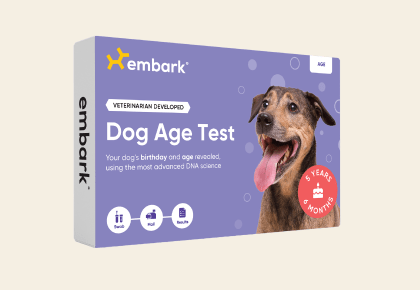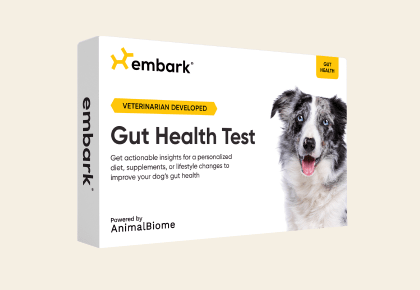Junctional Epidermolysis Bullosa
Junctional Epidermolysis Bullosa (JEB) is a hereditary blistering disease of the skin and mucous membranes, characterized by the spontaneous development of vesicles, erosions, and ulcers upon minimal trauma to the skin.
-
Signs and symptoms
Affected dogs easily develop blisters, deep erosions, and ulcers. Ulcers may occur in or on the mouth and throat, foot pads, elbows, ankles, knees, tail, vulva/labia, penis/prepuce, and abdomen. The ulcers may ooze or be covered by crusts. Nails may be missing or misshapen. Puppies may be underweight and have enlarged lymph nodes.
Clinical signs begin at or soon after birth. -
Diagnosis
Genetic testing, skin biopsy, and clinical signs can be used in conjunction with one another to diagnose Junctional Epidermolysis Bullosa. Clinical signs alone cannot reliably allow a veterinarian to differentiate between the three main subtypes of epidermolysis bullosa. For a more precise diagnosis, a microscopic evaluation of the tissue may be required.
-
Treatment
Frank discussions about quality of life are likely warranted. While few cases have been reported, affected dogs have had to be euthanized at 4-8 months of age due to the severity of their clinical signs.
-
What to do if your dog is at risk
Actions
- Monitor the dog closely and have them treated promptly for any injuries. Ulcerations of the skin and mucous membranes are painful and can become infected, so pain management and antibiotics may be needed.
-
Genetic Information
This variant was first identified in Australian Shepherds.
JEB is inherited in an autosomal recessive manner, meaning that affected dogs must have two copies of the variant to show clinical signs from it.
Gene names:
LAMB3 Exon 11 ‐ chr
Inheritance type:
recessive
-
Breeds affected
This health condition affects the following breeds
Learn about your dog’s unique genetic health
Dog owners
Breed identification, health and trait insights, personalized care recommendations, and the world’s first canine relative finder—all in one leading dog DNA test.
Learn about the report for dog ownersShop the test
Breeding programs
Embark’s test for breeding programs is one comprehensive DNA test designed with your needs in mind.
Learn about the report for breedersShop the test











